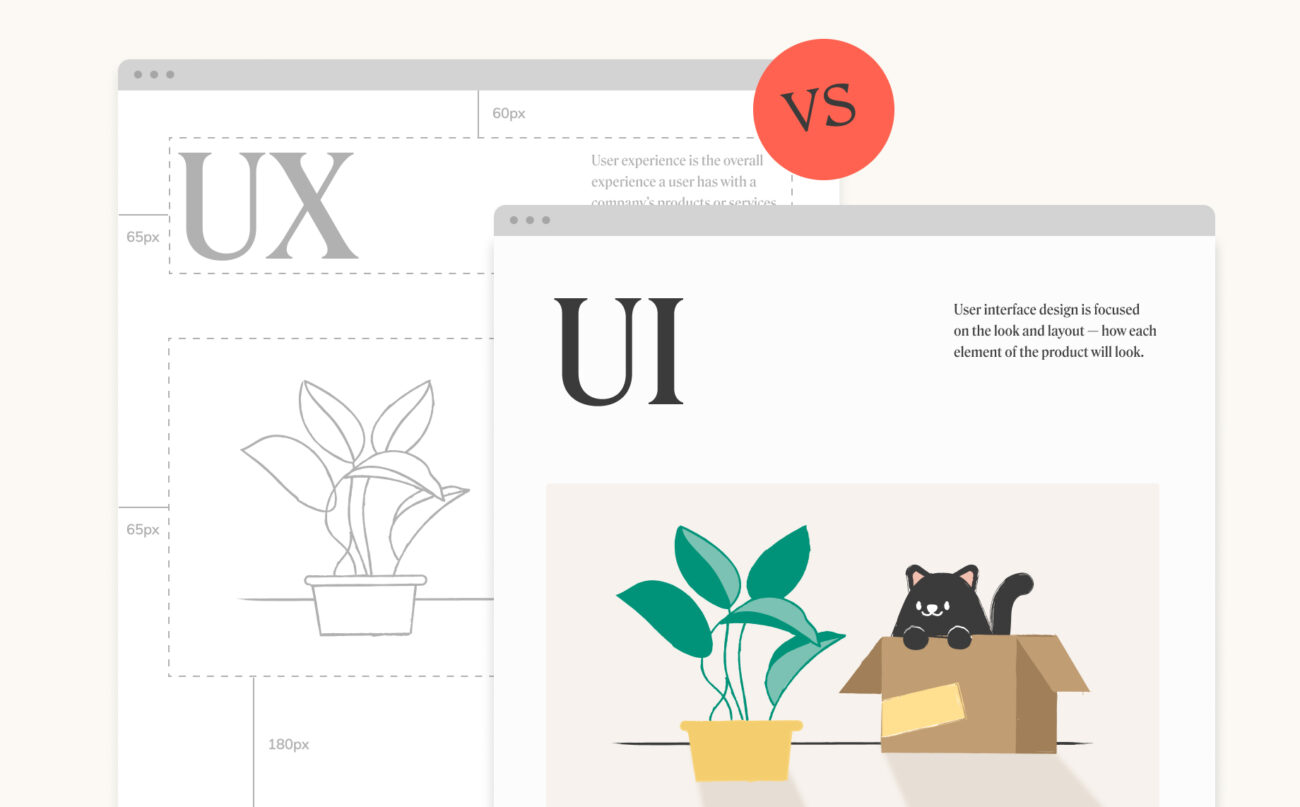
When it comes to the design of digital products, there are two concepts that often get confused – UX and UI. Understanding the differences between them is crucial for any designer or developer creating effective web or mobile applications.
UX stands for User Experience while UI stands for User Interface. Even though they both play an important role in product design, they are quite different from each other and should be treated as such when designing a product.
While UX focuses on improving user experience with a product by making sure all its features work together seamlessly, UI ensures that the overall look and feel of the application meets users’ expectations.
Both aspects combine to create an engaging experience for users when interacting with a product online or through mobile apps, but understanding how these two disciplines differ and how a UI experts is useful to your business is crucial to your company’s success.
1. What is the Difference Between UX and UI?

When it comes to UX and UI, there is often confusion about the differences between the two. UX stands for user experience and describes how a user interacts with a product or website.
It focuses on making sure that users have positive experiences when using a product or website. On the other hand, UI stands for user interface and refers to how an interface looks visually to maintain visual consistency across all elements of design.
Whereas UX is focused on usability, UI emphasizes aesthetics such as color schemes, typography, visuals and layouts in order to make products appealing and easy to use.
Both are essential components of any successful web or application design but they serve different purposes; while UX ensures that a user’s experience with an app is smooth and efficient, UI makes sure that this experience is visually pleasing as well.
2. The Role of UX in Design
When it comes to UX and UI design, the role of UX is essential. UX (or user experience) focuses on the users’ needs and wants when interacting with a product or service.
It looks at how usable something is, how easy to understand and navigate it is, as well as other factors like aesthetics that can influence peoples overall satisfaction with a product.
The goal of UX design is to create products that are not only user-friendly but also satisfying for users. This means creating designs that meet their expectations while also providing an enjoyable experience from start to finish.
By understanding what makes a good user experience, developers can create more effective digital products and services tailored specifically for the intended audience.
3. The Role of UI in Design

The role of UI in design is to provide a visual representation of the product that users interact with. As such, it plays an essential part in creating a successful user experience (UX).
It should be designed to be both intuitive and aesthetically pleasing for all users regardless of their level of technical knowledge, as well as clearly convey how they can navigate the interface. The goal is to ensure that the user knows exactly what they need to do when engaging with the product and has no difficulty doing so.
This requires attention to detail when it comes to choosing colors, font sizes, textures, shapes and other graphic elements that will contribute towards making a visually appealing interface while also being functional.
Additionally, UI designers must consider accessibility standards so all users are able to access and understand information presented through the product’s interface.
By creating an optimal blend between aesthetics and usability within the context of UX principles, UI designers can create experiences that help ensure customers have positive interactions with products – which ultimately leads them towards conversion goals like sales or subscription sign-ups.
Conclusion

The conclusion of this article is that UX and UI are both important components when it comes to designing great user experiences.
In order to create a product or website that people find easy to use, both aspects must be taken into consideration.
Good UX design will ensure users can navigate the product without difficulty, while good UI design will make sure the visuals are attractive and enjoyable for them.
By combining these two elements together, designers can build products that truly resonate with their target audience – making for a more successful business outcome in the long run.



